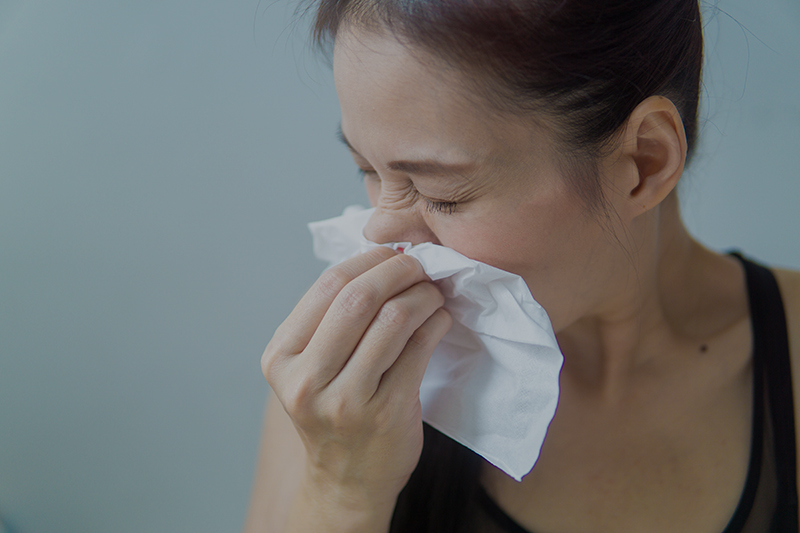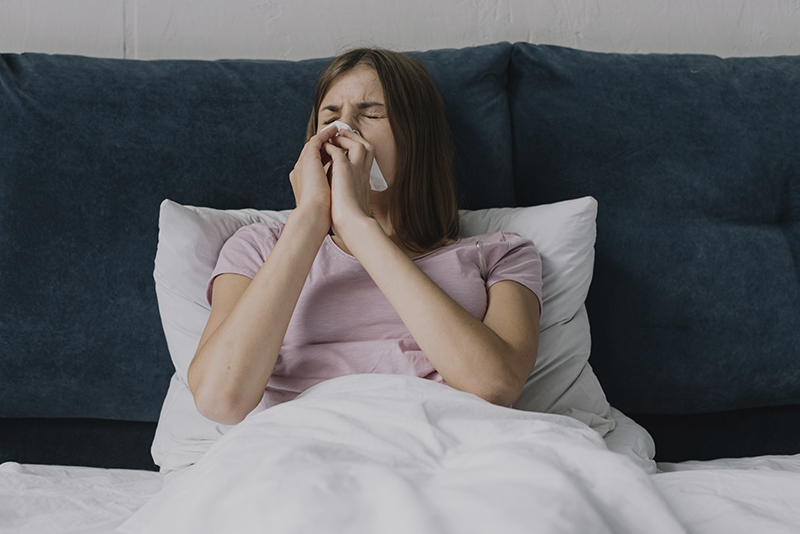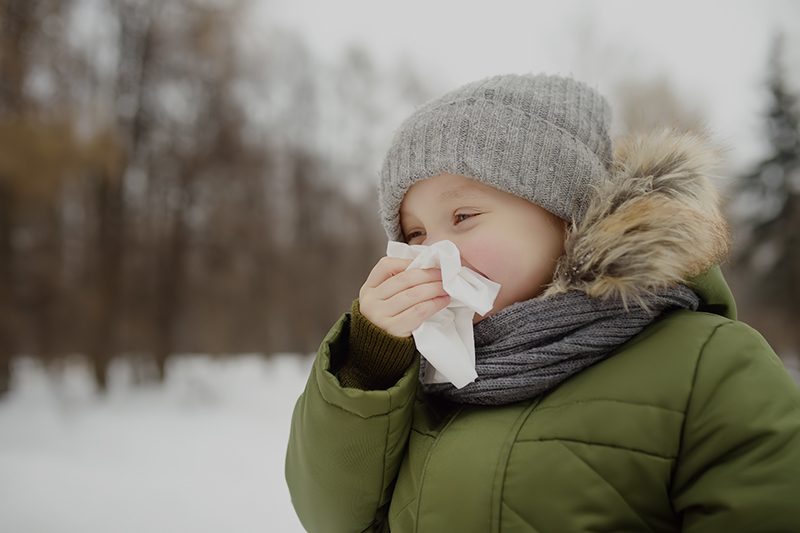
Valero A, Del Cuvillo A, Navarro AM, Colás C, Sastre J, Mullol J.
[published online ahead of print, 2020 May 25]. Allergy. 2020;10.1111/all.14418. doi:10.1111/all.14418.
Allergic rhinitis is a chronic disease with a high prevalence with an impact on quality of life. The original Allergic Rhinitis and Its Impact on Asthma Guideline (ARIA) severity classification uses 4 items (sleep, daily activities/sport, work/school performance and troublesome symptoms) and defines allergic rhinitis as mild (no items affected) or moderate/severe (1 to 4 items affected). A validated modified three-level ARIA (mARIA) classification was proposed to discriminate allergic rhinitis severity between moderate (1 to 3 items affected) and severe (4 items affected).
The aim of this prospective, observational, cross-sectional study was to use the 4 original ARIA items to validate a three-level evaluation of allergic rhinitis control (ARIA-C): controlled, partially controlled and not controlled, by estimating control of symptoms, impairment in activities and respiratory function.
A total of 252 adult participants with moderate-to-severe allergic rhinitis were included using both mARIA severity criteria and a reflective total nasal symptom score (rTNSS) ≥ 8. They followed their routine treatments and were interviewed twice a month. Demographic, concomitant diseases, allergic sensitization, AR severity and impact on quality of life data were collected. Additionally, participants’ control was assessed with the validated Spanish version of the Rhinitis Control Assessment Test (RCAT).
At baseline, 20 % of the participants had their allergic rhinitis controlled with the ARIA-C. At follow-up, 30 % of them were controlled and 40 % partially controlled.
Disease control was evaluated and showed that the three categories of ARIA-C can effectively discriminate between controlled, partially controlled and not controlled allergic rhinitis. Its validation shows favorable and statistically significant results for test-retest reliability, convergent validity, discrimination among groups, and responsiveness to change.
These results suggest that the ARIA-C can be used to obtain a fast screening of patients with inadequate allergic rhinitis control, or to help their communication with specialists.











